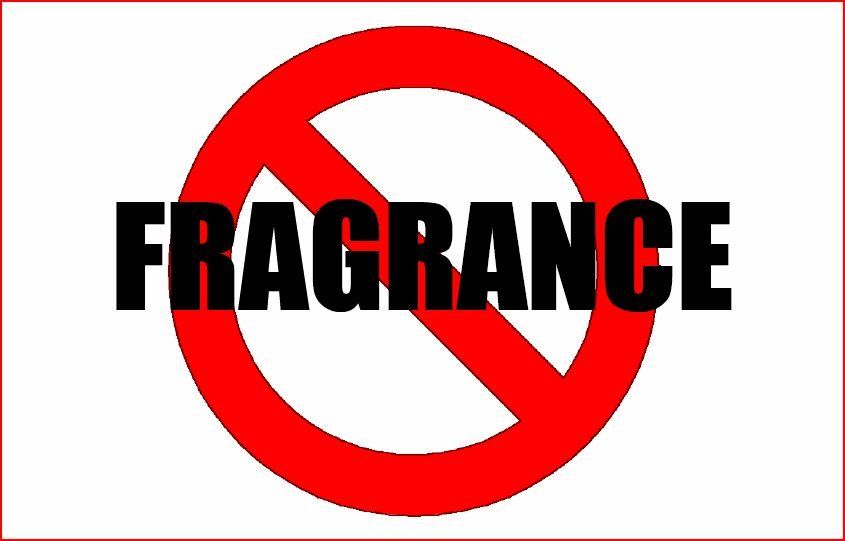In no way, shape or form does a chemically-scented fragrance and/or aerosols propelled by butane, propane or other toxins create an indoor environment of fresh air. Chemical "deodorizers" or chemical air "fresheners" only mask other odors. These products do absolutely nothing to improve the quality of indoor air, and in fact, can contribute to a host of ailments--from headaches, high pulse rate and nausea; to mention a few.
Reports of the dangers of chemical air fresheners are beginning to make the news. A recent MSN article stated that being exposed to air freshener chemicals as little as once a week can increase your odds of developing asthma symptoms as much as 71 percent and can contribute to an increased risk of a number of pulmonary diseases.
A September 2007 TIME Magazine article titled "How Fresh is Air Freshener" reported that the Natural Resources Council (NRDC) discovered that most chemical air fresheners contained variable amounts of phthlates.
The U.S. Food and Drug Administration (FDA) has no regulations on the use of phthlates, does not require the labeling of phthlates content on products and does not consider the quantities to which people are exposed to be harmful, even though studies have suggested that high exposure to certain kinds of phthlates can cause cancer, developmental and sex-hormone abnormalities in infants, and can affect fertility.
The biggest overuse of chemical air fresheners is the boom in metered deodorizers that has resulted in hundreds of thousands of chemical spray dispensers being placed in workplaces throughout America. (Acetone, Propane and Butane are three of the most common ingredients.)
Acetone -- the primary chemical in most of these products -- and propane are classified as cardiovascular or blood toxicants, gastrointestinal or liver toxicants, kidney toxicants, neurotoxicants, respiratory toxicants and a skin or sense organ toxicant. Butane is classified as a neurotoxicant which means that exposure can cause adverse effects on the central nervous system.
Source: Air Fresheners: The Dangers of Indoor Chemical Pollution (published by SilentMenace.com). To read the report, click here .
Olfactory Fatigue
American Academy of Environmental Medicine (AAEM)--Position Statement on Chemical Sensitivity
Other Resources

Most consumer fragrances and fragranced products are made from chemicals and are harmful to humans and pets
U.S. Centers for Disease Control (CDC)--Indoor Environmental Quality Policy
The U.S. Centers for Disease Control enacted an Indoor Environmental Quality Policy in 2009. Here's an excerpt:
Scented or fragranced products are prohibited at all times in all interior space owned, rented, or leased by CDC. This includes the use of:
• Incense, candles, or reed diffusers
• Fragrance-emitting devices of any kind
• Wall-mounted devices, similar to fragrance-emitting devices, that operate automatically or by pushing a button to dispense deodorizers or disinfectants
• Potpourri
• Plug-in or spray air fresheners
• Urinal or toilet blocks
• Other fragranced deodorizer/re-odorizer products
Personal care products (e.g. colognes, perfumes, essential oils, scented skin and hair products) should not be applied at or near actual workstations, restrooms, or anywhere in CDC owned or leased buildings.
In addition, CDC encourages employees to be as fragrance-free as possible when they arrive in the workplace. Fragrance is not appropriate for a professional work environment, and the use of some products with fragrance may be detrimental to the health of workers with chemical sensitivities, allergies, asthma, and chronic headaches/migraines.
To read the CDC's Indoor Environmental Quality Policy, click here .